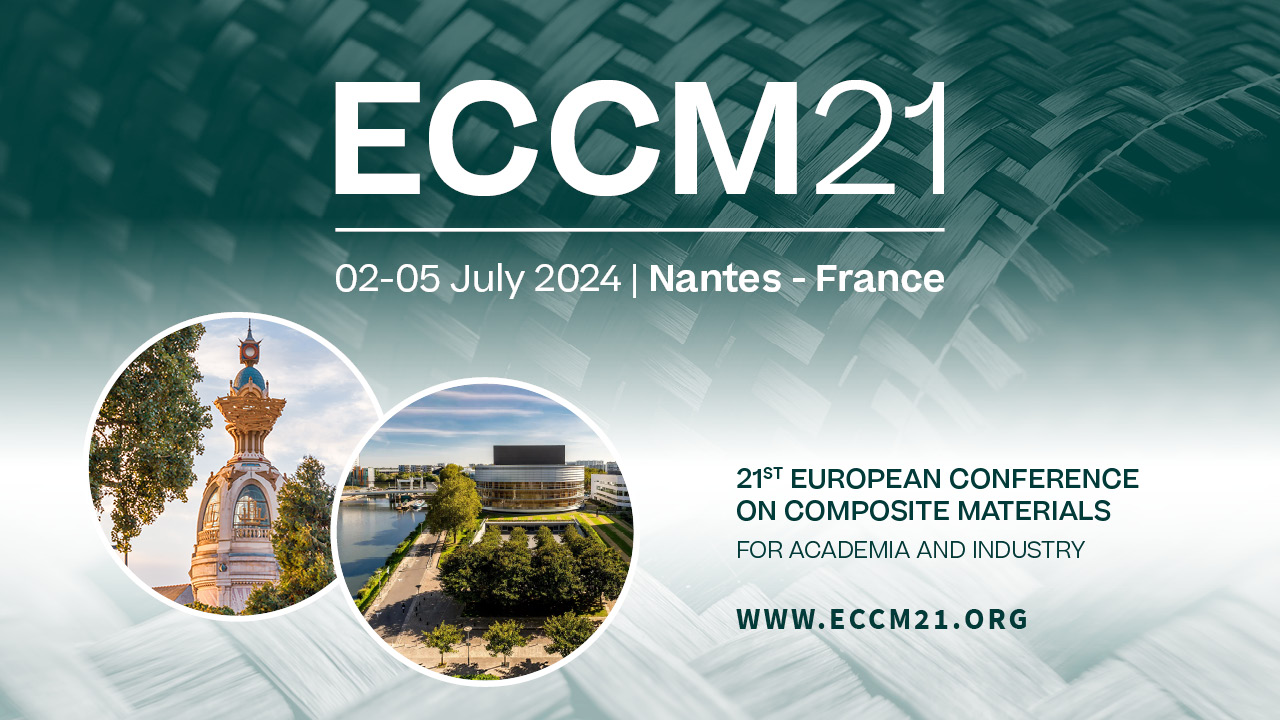Study on dispersion mixing of nanosilica by extensional flow using a twin-screw extruder
Topic(s) : Material science
Co-authors :
Daisuke HIGUMA (JAPAN), Tatsuya TANAKA , Masahiro SASADA , Hiroyuki KITAMURAAbstract :
Polymer nanocomposites are materials in which nanoparticles are added to polymers. Developments in industrialization are underway, as low-concentration additions can significantly improve performance. However, it is necessary to prevent agglomeration and phase separation of the dispersed phase and obtain a stable system to obtain such an improved performance. There are several methods for dispersing agglomerates, such as chemical treatment of the particles or fibers, and the use of compatibilizers. However, such an approach can also led to higher costs and negative effects on the matrix itself. Therefore, it is necessary to establish a method of dispersion without pre-processing by mechanical action. Silica particles used in this study are a problem with particle agglomeration. To solve this problem, we use a twin-screw extruder, which is capable of continuous production and has good productivity. In general, shear flow is the dominant flow in an extruder, which makes it difficult to knead materials with small filler particle sizes. Based on Grace's report that extensional flow is superior to shear flow in terms of dispersion effect, we conduct experiments using through-hole segments (BD) that can generate extensional flow. This technique is effective for dispersion, but there are many unknowns and only a few examples of its application. For application to actual products, we need information on the effects of additive ratio and dispersion limits. The purpose of this study is to demonstrate the effectiveness of extensional flow in the dispersion of silica particles. Therefore, we generated extensional flow in a twin-screw extruder and investigated the difference in the kneading effect between shear flow and extensional flow. We used polylactic acid (PLA) and polyethylene terephthalate (PET) as base materials. Both polyester-based materials have transparency, so we also consider maintaining transparency by dispersing the silica particles sufficiently. As a result, it was found that in shear flow, there is a trade-off between improved dispersion and suppression of discharge resin temperature, while in extensional flow, it is possible to achieve both improved dispersion and temperature suppression. This may be caused by the difference in the mechanism of stress action between the two flows. It was also found that the aggregates of silica particles can be reduced in size by generating extensional flow. This enabled the transparency of the polyester-based resin to be maintained even with the addition of silica particles.

